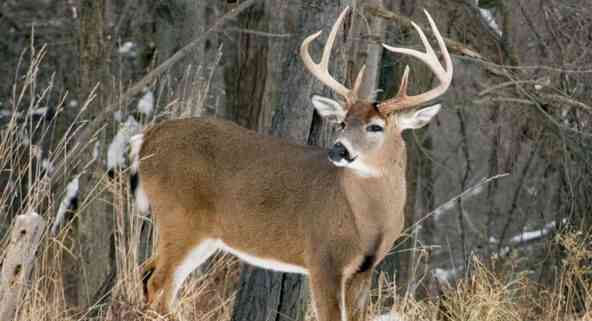Deer — one of the few large animals that can survive in the most difficult conditions of the North. Representatives of local peoples breed them instead of cows, since deer are much better adapted to the cold climate. In remote northern villages, the number of deer in a herd is still a measure of the owner’s well-being.
Interesting facts about deer
- Deer live not only in the northern regions, although most of them are hot tolerates badly. But some species even live in Africa.
- There are 51 species of these animals in the world.
- The water deer weighs only 10-15 kg, this is the smallest species of these animals.
- Only males of most species have horns, and they change them every year, shedding old ones and growing new ones. However, female reindeer also have antlers.
- In the winter season, deer find moss under the snow with amazing accuracy (interesting facts about mosses).
- Males of all types of deer, in addition to the aforementioned water deer, they have horns.
- The largest deer — noble. An adult can weigh over three hundred kilograms.
- The horns are actually bone, but when they are young they are covered in skin and fur. As the antlers grow, the skin dries up and begins to peel off, which makes the deer uncomfortable, so these animals scratch their antlers on trees (interesting facts about trees).
- Baby deer can stand on their own feet within a few minutes into the light.
- Deer — animals are peaceful, but during the breeding season, males become extremely aggressive.
- It is not known exactly when they were first tamed, but they get used to people well and remember them well.
- About 7-8 thousands of years ago, giant deer roamed the Earth with a span of horns of about three and a half meters.
- In the event of a predator attack, deer are protected not only by horns, but also by hooves. Both — very formidable weapon. With a blow of horns or legs, a deer is quite capable of killing or seriously injuring a wolf. However, more often deer try to flee, accepting a fight only if they have nowhere to run.
